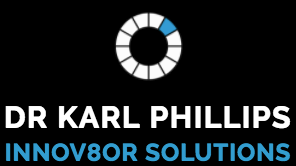Skill
Skill
Interdisciplinary field of engineering and engineering management that focuses on how to design and manage complex systems over their lifecycles
Competency
Competency
Expert
Competency Level
Competency Level
75%
KNOWLEDGE (THEORIES, IDEAS & CONCEPTS)
Through Professional/Personal Study Gained Through Experience
SKILLS & APPLICATION OF KNOWLEDGE
IN REAL WORLD SITUATIONS
Together with Responsibilities/Accountabilities
Selected Challenges & Approaches
Together With lessons Learnt
Selected Achievements & Successes
Together with Any ‘So What’ Statements of Insights
